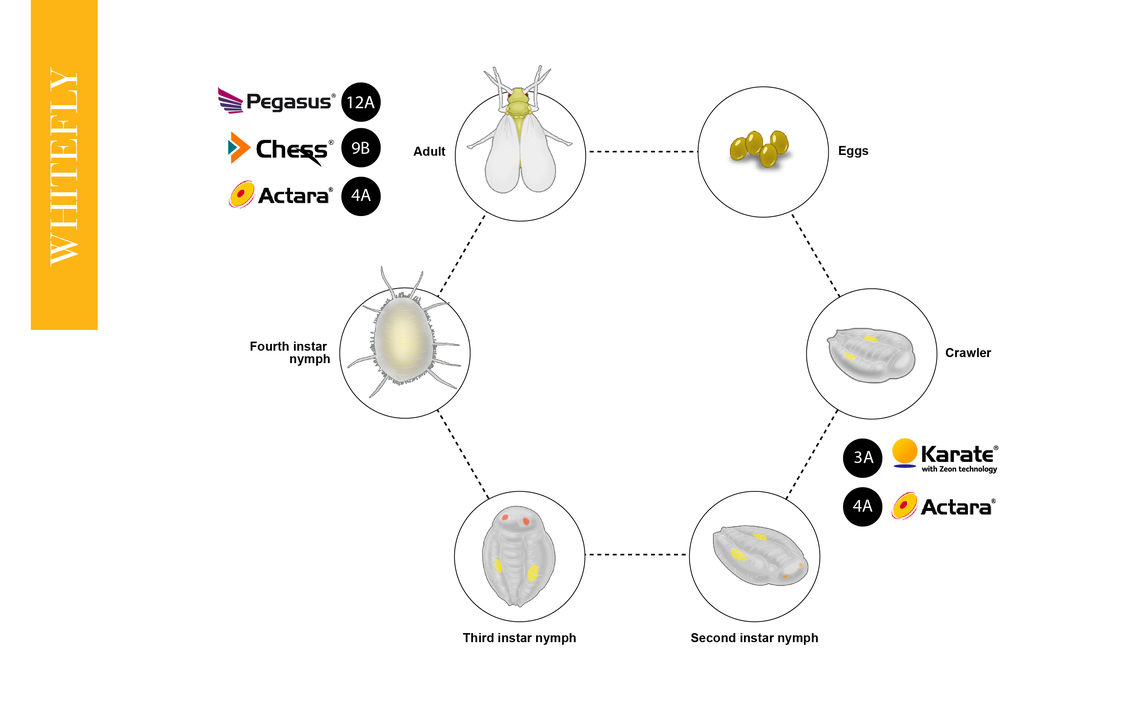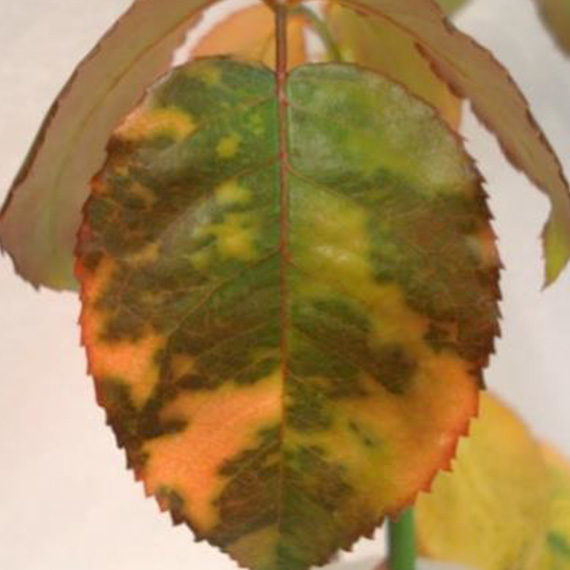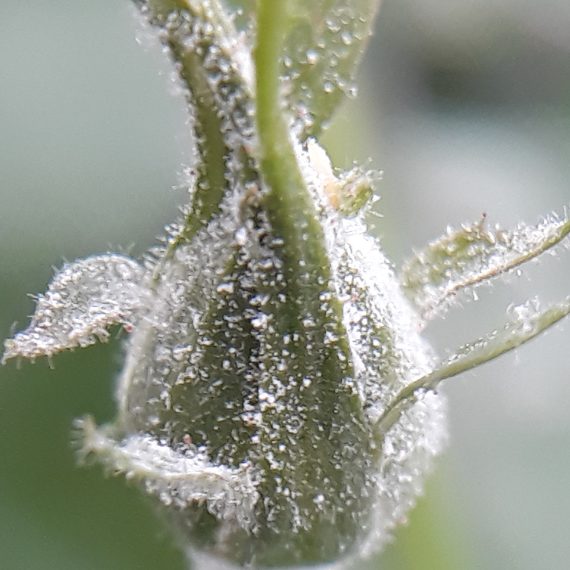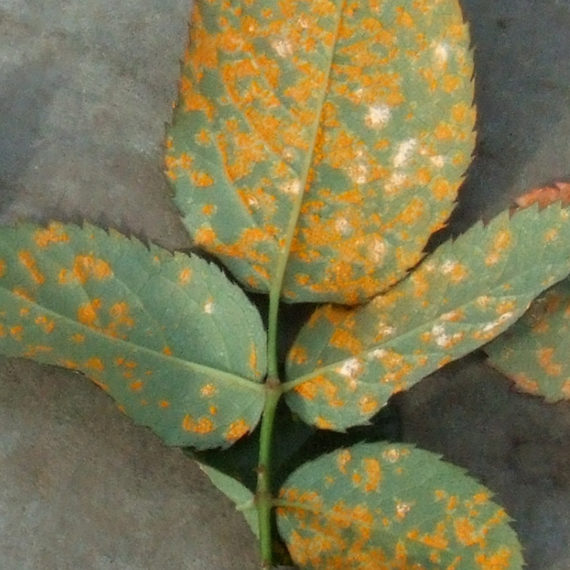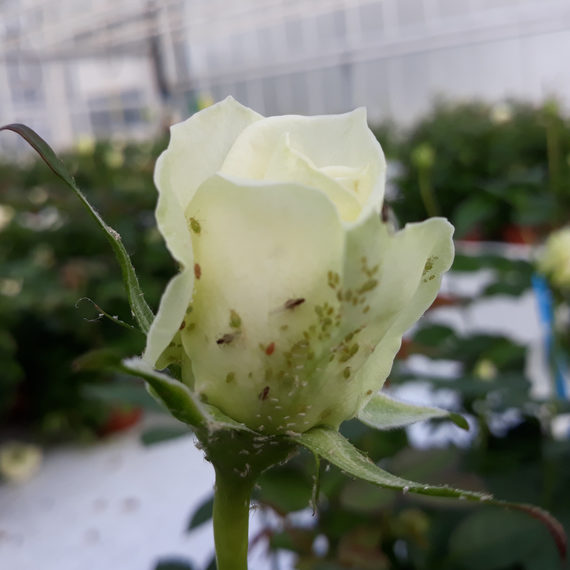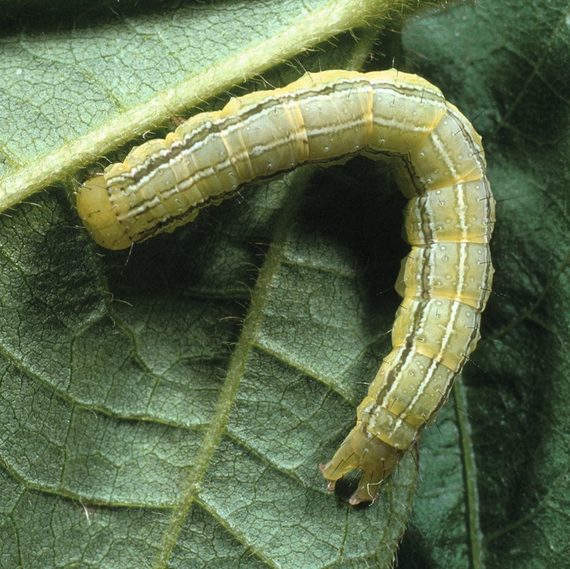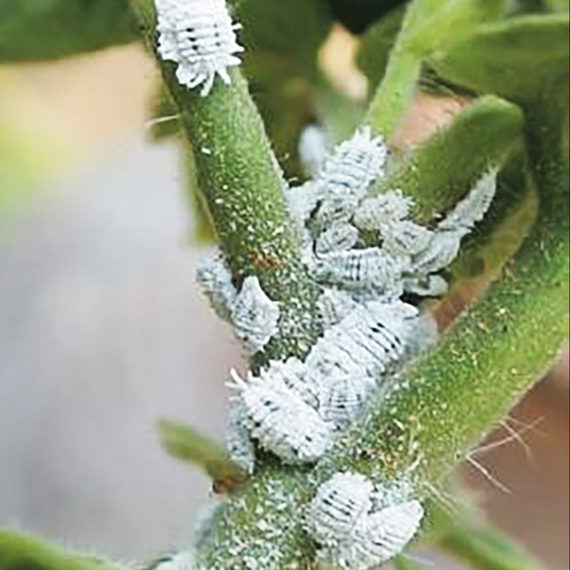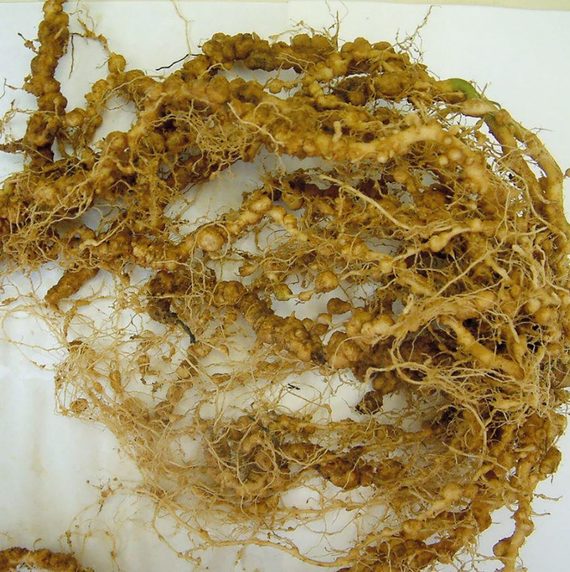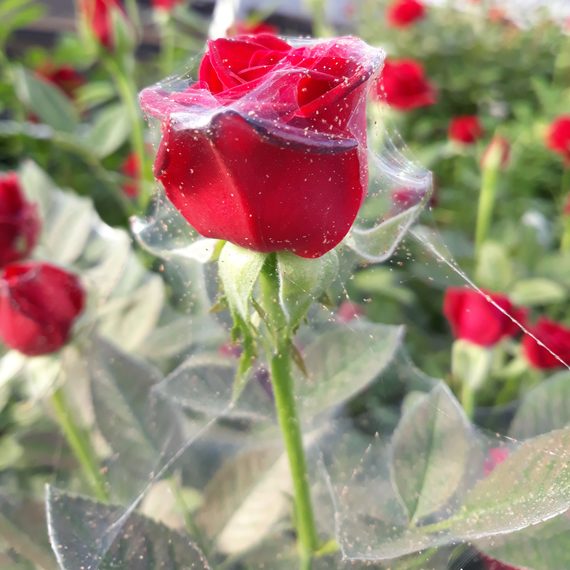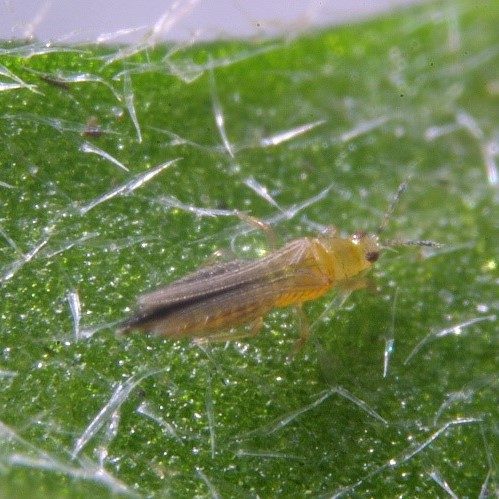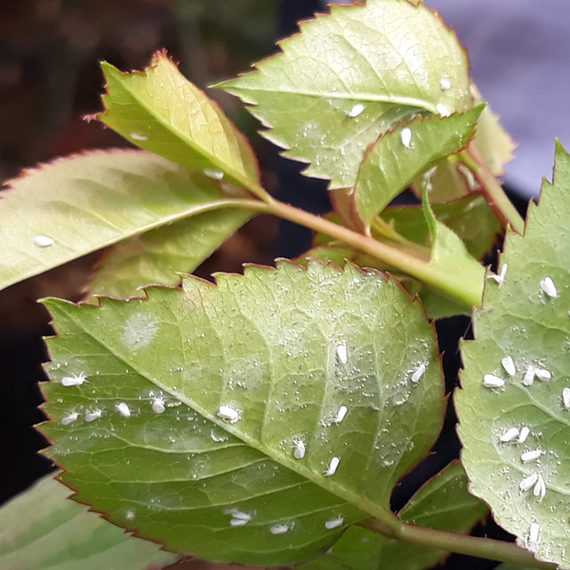Symptoms
Both adult whiteflies and larvae feed on plant phloem by injecting enzymes and removing the sap, reducing vigour of the plant, or in cases of severe infestation, killing the host. The impact of direct feeding and honeydew extreta that favours sooty mould production on leaves of infested plants affects crop yield and product aesthetic quality, reducing marketability. The most obvious whitefly feeding damage symptoms are stem blanching, chlorotic spots, leaf yellowing and shedding. In many crops, the damage caused by whitefly can be indirect, i.e. by transmitting disease-causing viruses.
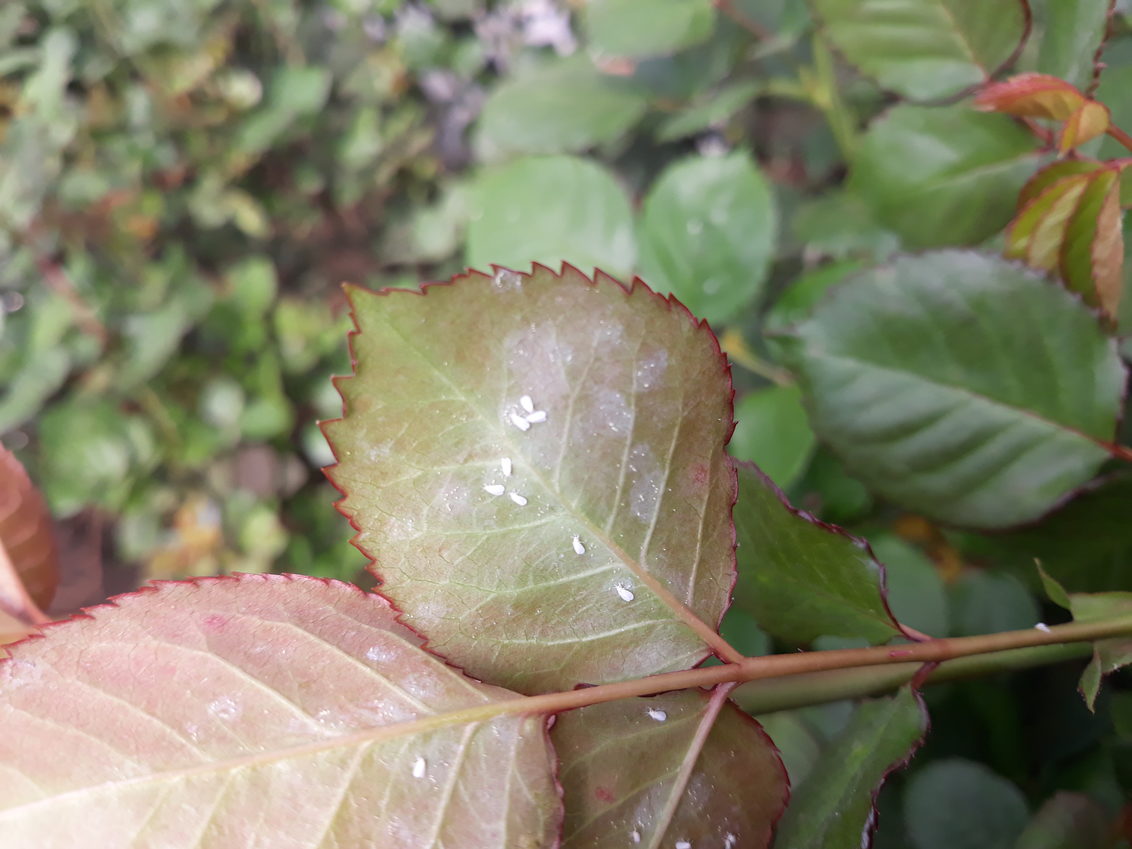
Management
Integrated Pest Management (IPM) programmes are essential; including scouting, sanitation, insect exclusion nets, biological control and use of insecticides.
Whitefly Life Cycle
Understanding a disease's life cycle is vital to maintaining control in your crops. Below is the whitefly ife cycle, to help you get the maximum control, the best products from our range have been incorporated.
